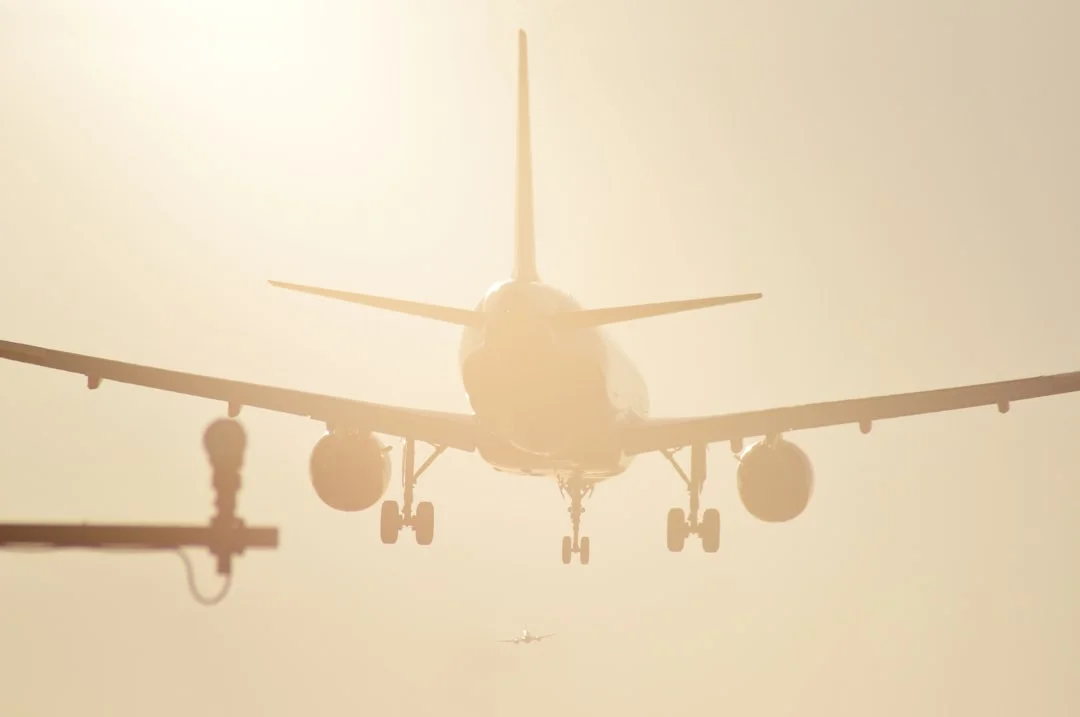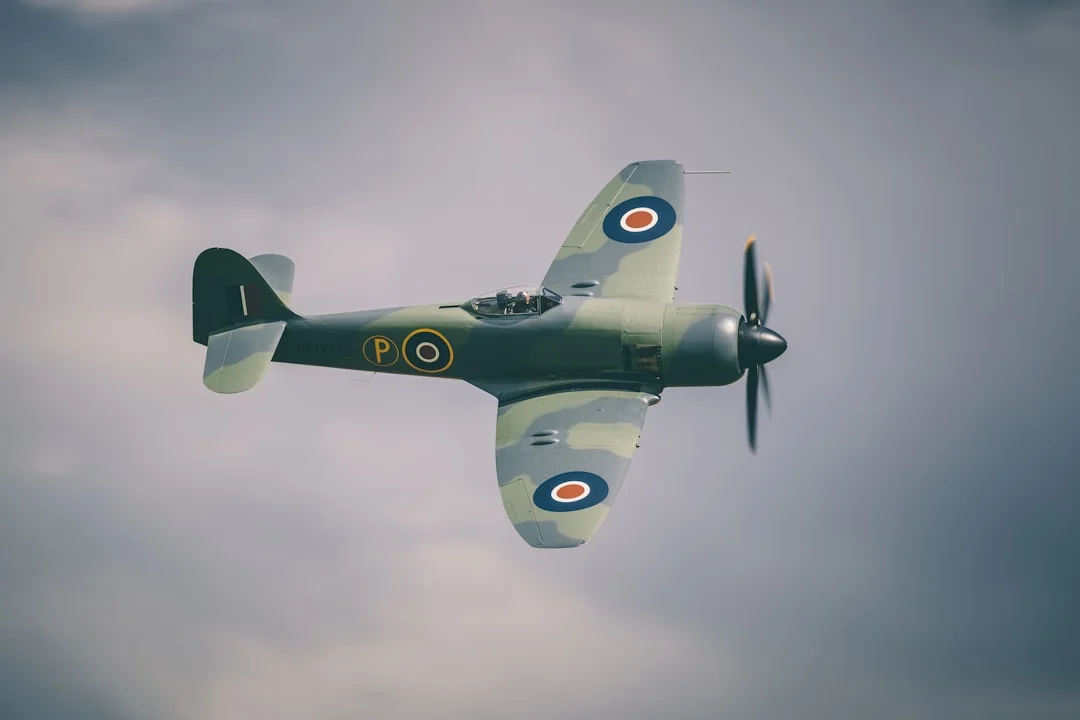Minimum Operating Speed, abbreviated as VMIN, is a critical parameter in aviation that determines the minimum airspeed at which an aircraft can safely operate. In the context of the Airbus A330, VMIN plays a crucial role in ensuring the aircraft’s stability and performance during different flight phases, including takeoff, climb, approach, and landing. Airlines and pilots must have a deep understanding of VMIN and its significance in order to operate the Airbus A330 safely and efficiently.
In this article, we will delve into the details of Minimum Operating Speed on the Airbus A330, its importance, how it is calculated, and its implications on flight operations. Understanding VMIN is essential for both aviation professionals and enthusiasts who seek to expand their knowledge about aircraft performance and safety.
The Significance of Minimum Operating Speed
Minimum Operating Speed, or VMIN, is a critical parameter that directly affects the safety and performance of an aircraft. It represents the airspeed at or above which the aircraft can safely operate without stalling, specifically during takeoff, climb, approach, and landing phases of flight.
Stalling occurs when the critical angle of attack is exceeded, resulting in a loss of lift and an inability to maintain level flight. The critical angle of attack is the angle between the aircraft’s wing and the relative airflow. If this angle becomes too steep, the smooth flow of air over the wing is disrupted, leading to a stall.
By adhering to proper VMIN values, pilots ensure that the aircraft remains above its stalling speed, maintaining a safe and controllable flight envelope. Any operation below VMIN exposes the aircraft to potential stalling, compromising the safety of the flight.
For the Airbus A330, VMIN varies depending on different factors such as aircraft weight, configuration, and atmospheric conditions. These factors are taken into account during the performance calculations, allowing pilots to determine the appropriate VMIN values for a given flight.
Calculating Minimum Operating Speed on the Airbus A330
The calculation of Minimum Operating Speed on the Airbus A330 involves considering various factors and conducting performance calculations specific to each flight. The primary parameters taken into account include:
1. Weight: The aircraft’s weight affects its lift characteristics and stall speed. Heavier aircraft generally require a higher VMIN to maintain safe flight.
2. Configuration: The configuration of the flaps and slats plays a crucial role in determining the aircraft’s low-speed capability and its corresponding VMIN.
3. Atmospheric Conditions: The density of the air, which can vary with altitude and temperature, impacts the aircraft’s lift production and influences the VMIN values.
By accounting for these factors, pilots can accurately calculate the appropriate VMIN for their specific flight. It is important to note that the VMIN requirements vary for different phases of flight, such as takeoff, climb, approach, and landing, as the aircraft’s configuration and flight conditions change throughout each phase.
Precise calculations and adherence to the determined VMIN values are crucial to ensure safe flight operations and prevent stalling. Airlines and aviation regulators provide guidelines and performance charts specific to the Airbus A330, which pilots utilize to obtain accurate VMIN values for their flights.
Implications of Minimum Operating Speed on Flight Operations
The Minimum Operating Speed, VMIN, has significant implications on the overall flight operations of the Airbus A330. By strictly adhering to the VMIN requirements, pilots ensure the safety, performance, and efficiency of the aircraft throughout different flight phases. Here are a few key implications of VMIN:
1. Takeoff Safety: During takeoff, the aircraft must accelerate to a speed above VMIN to ensure a safe and successful departure. Reaching and maintaining the appropriate takeoff speed is crucial to achieve the necessary lift and overcome the forces of gravity. Failure to exceed VMIN during takeoff can lead to an extended takeoff roll and compromised safety.
2. Climb Performance: As the aircraft transitions from takeoff to climb, maintaining a speed above VMIN is essential to ensure a stable climb rate. A climb below VMIN can result in an increased risk of stalling, decreased maneuverability, and reduced climb performance.
3. Approach and Landing: During the approach and landing phase, the aircraft must maintain a speed above VMIN to ensure a safe touchdown and prevent stalling during this critical phase. Landing below VMIN can lead to a hard landing, increased landing distance, and potential damage to the aircraft.
It is crucial for pilots to be aware of the VMIN values specific to the Airbus A330 and adhere to them diligently. Failure to comply with the specified VMIN can compromise the safety of the flight, especially during critical phases where precision and accuracy are paramount.
It is worth noting that the Minimum Operating Speed, VMIN, is just one of the many important parameters that pilots must consider to ensure safe flight operations. Other parameters, such as stall speed, maximum operating speed, and maneuvering speed, also play significant roles in maintaining the safety and performance of the Airbus A330.
To delve further into aircraft performance and the technicalities of VMIN and other critical parameters, refer to publications, manuals, and resources provided by Airbus and recognized aviation authorities. These resources offer comprehensive information and guidance for pilots and aviation enthusiasts seeking to expand their knowledge about aircraft systems and operations.
As the aviation industry continues to advance and aircraft designs evolve, understanding concepts like Minimum Operating Speed becomes even more crucial for safe and efficient flight operations. Pilots and aviation professionals must continually update their knowledge and stay informed about the latest developments in aircraft performance to ensure the highest levels of safety and efficiency.
For More: What is XFR on Airbus A330? (Transfer)




